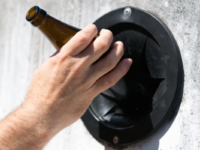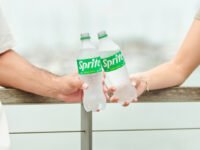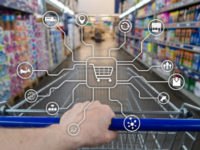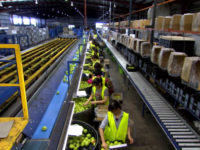
At the end of 2019, the term ‘zero waste’ was searched on Google four times more than it was five years prior, a clear demonstration of a shift on our social conscience. So what is the ecological impact of our consumption? HP’s 2018 Environmental Sustainability Survey found that more than 9 out of 10 consumers are concerned about sustainability, with the single biggest concern being “plastic ending up in oceans”. While concern grows and consumers do what they can, four out of five of respondents expect manufacturers/brands to take responsibility for it.
Right or wrong, in the eye of the consumer the duty is on Suppliers to do more about sustainability. When looking at the categories that contribute the most to plastic consumption:
- PET beverage bottles are up 2.7% in Grocery & Convenience, when glass and can options are
abundant; - Plastic-heavy multi-packs are the fastest growing pack-type in Salty Snacks, up almost 10%
and; - The near exclusively-plastic Chocolate segment is driving the Biscuits category, up 5.6%.
Therefore, while shoppers remain anxious about plastic’s impact on the environment, they are not willing to abstain from the products they love. Plastic, for all intents and purposes, is simply a necessary evil.
Fortunately, the evil of plastic can be assuaged fairly easily.
The Government’s 2017-18 Australian Plastics Recycling Survey sheds some light on the challenge. It revealed that 44% of plastics consumed in FMCG are PET or PE-HD. Better known to some as the packaging with the 1 or the 2 in the triangle respectively, meaning your local council will collect them for recycling. In other words 346,400 tonnes of consumer products can be re-utilised with minimal effort through municipal collections, however the reality is only 131,700 tonnes actually does.
So when consumers claim to be concerned about plastic consumption, still choose not to reduce it, and then on top of that, still throw 62% of their recyclable plastics in the garbage bin, is their concern really truthful?
While we can’t claim to know the true answer to that, recent history suggests that usually shoppers just need a little push from the industry. Everyone was worried about single-use plastic bags, however consumption didn’t change until this was forced upon them. When carbs became the devil, the pasta category remained completely unaffected until suppliers introduced low-carb wholemeal options, slightly shifting the mix. Much like the examples shown in Beverages, Salty Snacks and Biscuits; they were just necessary evils.
If we are to assume that the most simple explanation is probably the correct one, the most likely reason for the disconnect between shoppers’ plastic consumption and their recycling rate is education. How many people actually know which plastics can be thrown in the recycling bin? The opportunity for suppliers lies here.
How can manufacturers encourage sustainability?
With modest investment, any manufacturer with an undesirable amount of plastic in their packaging can educate their consumers about how to send an ‘empty’ on its way to become re-utilised instead of landfill. In the same way brands have beaten competitors with equal amounts of protein just by saying “High in Protein” on-pack, or naturally gluten-free products don’t see growth until they overtly communicate it, the same opportunity exists in plastic.
The fact that only 38% of plastic consumer packaging gets recycled would be alarming to any of the 90% of us that worry about sustainability. There is mass appeal, equity and goodwill on offer to the brands that can help close the 62% gap.
For more information on how IRI can provide data and insights to grow your business, click here.
Rick Colella, IRI Senior Consultant.
















